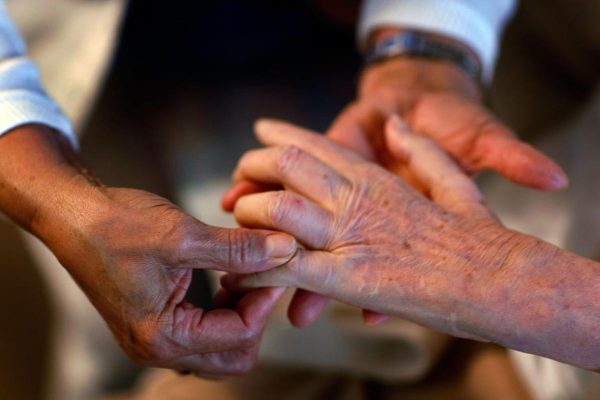OTTAWA — The union representing front-line Mounties is urging the RCMP to move beyond “patchwork solutions” to ensure the mental health of officers amid concerns they face increasing risks to their well-being.
In a new report, the National Police Federation calls on the RCMP to fully implement its employee well-being strategy, institute regular psychological health screening and make it simpler to access mental-health supports.
The federation released the report, Behind the Badge, at a breakfast meeting in Ottawa on Tuesday.
The report says RCMP members are confronted daily with a myriad of stressors, risks and emotionally taxing situations that invariably take a toll on their psychological health.
It highlights the fact the very nature of their profession exposes them to violence, trauma, high-pressure situations and a relentless demand for vigilance.
The report says this is compounded by everyday sources of stress, such as negative comments from the public, fatigue, staff shortages, lack of resources and bureaucratic red tape.
RCMP officers face stigma related to psychological health issues and a lack of comprehensive and accessible mental-health services and supports, the report adds.
Over time, these factors have been shown to accumulate and lead to an array of mental-health challenges — from post-traumatic stress disorder and depression to anxiety and a heightened risk of suicidal behaviour, it says.
“The urgent need for increased government investment in mental-health guidance, training, and treatment programs for police officers, especially within the RCMP, is paramount.”
The report includes the results of a survey by the federation and the University of Regina of a representative sample of RCMP members from June 2022 to February 2023.
It found members were six times as likely as the general population to screen positive for any mental-health disorder. Such figures are considered indicators, not actual diagnoses that require clinical interviews with























